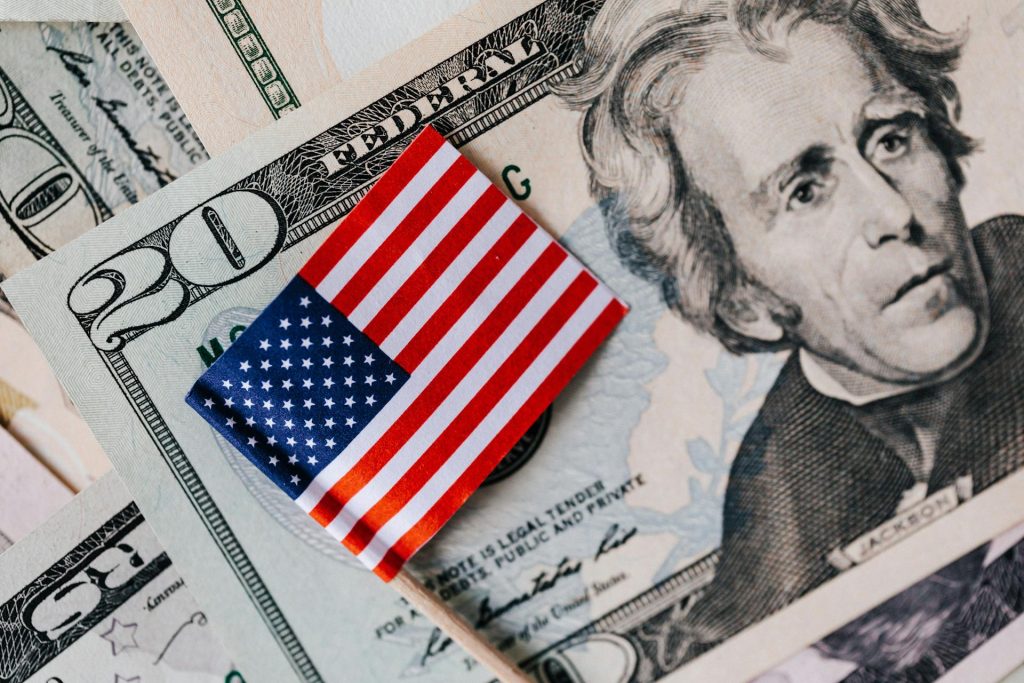The United States offers a variety of financial assistance programs designed to support individuals and families facing economic challenges. These programs cover several areas, including food security, housing, education, and healthcare, providing crucial support to those in need. Here’s a closer look at some of the most important programs available.
1. Supplemental Nutrition Assistance Program (SNAP)
SNAP is a federal program that provides low-income individuals and families with funds to purchase nutritious food. However, many families that fall just above the federal poverty line may not be eligible for SNAP benefits. For example, a family in North Texas relies on food banks to make ends meet, stretching a $150 monthly grocery budget by supplementing it with food pantry donations. This program helps to ensure that families don’t go hungry even when financial resources are limited.
2. Housing Assistance Programs
Numerous federal and state programs are in place to offer financial assistance for housing, including rental help and home repair grants. For instance, in Michigan, organizations like ECHO His Love, FiveCAP Inc., and Habitat for Humanity assist with home repairs and provide rental support. These programs are crucial for people facing housing instability, emphasizing the importance of finding the right resources and staying in touch with local agencies.
3. Federal Student Aid (FSA)
Federal Student Aid is a branch of the U.S. Department of Education that helps students pay for higher education through grants, loans, and work-study programs. Grants like Pell Grants provide financial relief for students from low-income backgrounds, while work-study programs offer part-time employment opportunities to help cover educational expenses. These programs reduce the financial burden of obtaining a degree.
4. Affordable Connectivity Program (ACP)
The ACP is designed to help low-income households afford broadband internet access. By offering discounts on internet service and connected devices, this program ensures that everyone can stay connected in an increasingly digital world. As of February 2023, approximately 14% of U.S. households were enrolled, though some challenges with enrollment and funding limitations still exist.
5. Guaranteed Basic Income (GBI) Initiatives
Several U.S. cities have begun experimenting with Guaranteed Basic Income (GBI) programs, which provide monthly payments to low-income families to help alleviate poverty. These initiatives have proven to be beneficial, with participants using the funds for essential living expenses, gaining financial flexibility, and improving their overall quality of life.
6. Medical Debt Relief Efforts
Medical debt is a significant burden for many Americans, but non-profit organizations in Ohio have stepped in to provide relief by repaying medical debts. These efforts aim to reduce the financial strain on individuals who are facing overwhelming healthcare costs, offering them a chance to regain financial stability.
7. Single Stop Services
Single Stop is a nonprofit organization that connects individuals with a wide range of benefits and services, including food, healthcare, and financial assistance. By working with schools, food pantries, and health centers, Single Stop helps people access the resources they need to improve their lives.
These financial assistance programs are essential in helping individuals and families navigate economic hardships. While eligibility requirements and application processes vary, these programs provide much-needed support for people who are struggling to make ends meet. To get more information or to apply for assistance, it’s best to visit the official websites of the relevant programs or reach out to local agencies for help.
Financial Assistance Programs in the United States: An Overview





